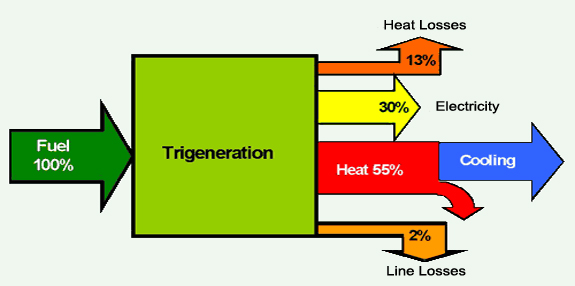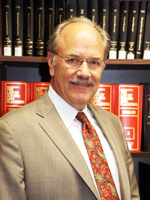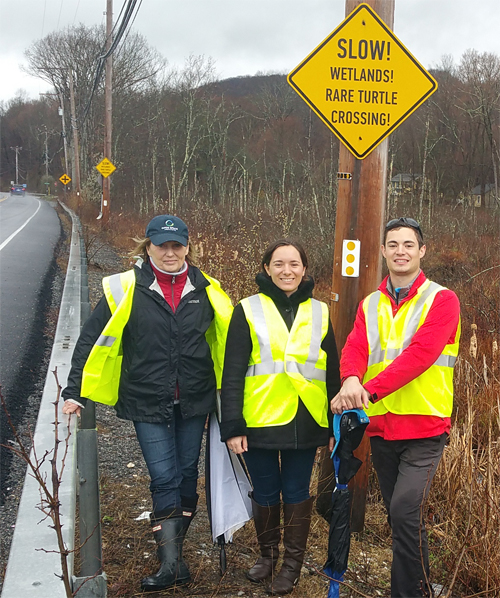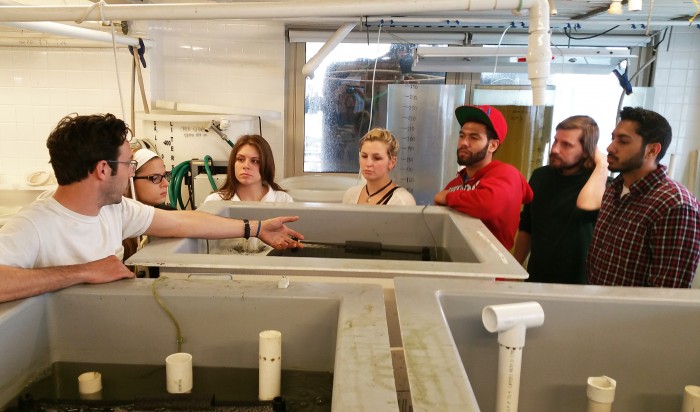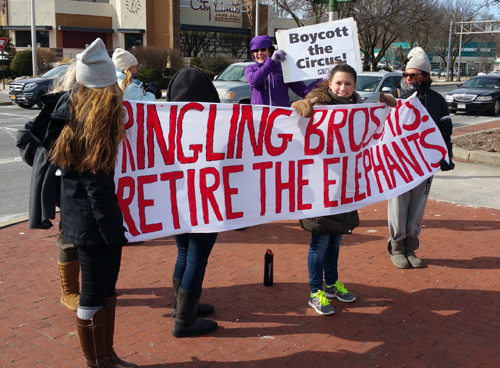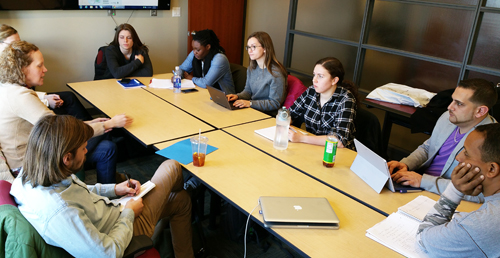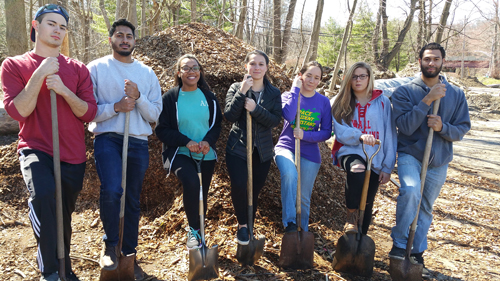Editor’s Note: John R. Nolon, a Professor of Law at Pace University School of Law, and counsel to the Law School’s Land Use Law Center, is a renowned pioneer in sustainable land use policy. Here he explains how local zoning can embrace novel land uses that allow multiple building owners to cooperate to produce energy on-site and share power for heating and cooling. Advances in district energy systems and trigeneration technologies are making this possible, with energy consumption reductions of more than 70%. This post is based on Professor Nolon’s Shifting Paradigms Transform Environmental and Land Use Law: The Emergence of the Law of Sustainable Development, and Land Use for Energy Conservation and Sustainable Development: A New Path Toward Climate Change Mitigation, and also appears on Pace Law School’s GreenLaw blog. More on Professor Nolon and the Land Use Law Center at the conclusion. — John Cronin
While as much as 70% of electricity produced nationally is used by buildings, up to 80% of that energy is wasted at the point of generation or lost during the transmission of electricity from remote sites through the electrical grid. Trigeneration involves the capture of wasted energy lost in generation and its use to heat and cool buildings. The significant loss of energy in transmission lines from remote plants is prevented by placing generation systems on site where the heat generated can be captured and used for heating and cooling buildings, so called combined heat and cooling.
Zoning overlay districts can be adopted that allow for district heating and cooling systems and on-site energy generation, technologies that are now readily available but that were nonexistent when most zoning codes are adopted. These technologies are most cost-effective when used in mixed-use neighborhoods with a variety of buildings that consume significant amounts of energy, but at different times and for different purposes. Local officials are learning how to determine what types and mixes of buildings and energy uses should be incorporated into such a district and how to change land use regulations to facilitate district energy systems that involved on-site generation, combined heat and power facilities, and other technologies such as geothermal heating and cooling.
Such systems operate at a scale larger than the individual building, optimally among a large number of buildings in close proximity to one another where maximum efficiency is possible. Energy efficiencies of this sort should be a part of the neighborhood planning process and integrated into local efforts that encourage sustainability through compact, mixed/use development. Energy efficient neighborhoods can be planned, encouraging green building development, on-site generation, the use of renewable sources of power, efficient distribution systems, and combined heat and power systems shared by multiple buildings.
These new technologies are beginning to be adopted in rating systems and model codes. LEED-ND, for example, awards a credit for “District Heating and Cooling,” which a developer can earn by designing a system to meet 80 percent of a project’s heating and cooling consumption through district heating and cooling. ASHRAE 189.1, which operates as an enhanced energy code for large-scale residential and commercial buildings, includes a requirement that on-site renewable energy systems provide at least one percent of the electricity needed.
In higher density mixed-use neighborhoods, there is great potential for energy efficiency through the creation of a District Energy System (DES). A DES produces energy in the form of steam, hot water, or chilled water, which is transported through an underground closed-loop piping system to buildings connected to the district’s network. A DES can mitigate climate change even further by deriving its energy from renewable fuels such as biomass, municipal waste, and lower carbon alternatives such as natural gas or, in some areas, wind turbines or solar arrays.
To operate most efficiently, districts should contain buildings with different energy needs, such as multi-family buildings, offices, municipal buildings, warehouses, hospitals, nursing homes, mills, and factories. When such buildings are located in reasonable proximity, the energy loads of each can complement one another (because their energy needs are varied at different times of day) and the costs of heating and cooling can be reduced. In those buildings, heat exchangers can draw the energy needed to meet their space and water heating needs, returning the water to the plant for recirculation within a closed loop system. This eliminates the need to install individual boilers in each building, which reduces capital costs. In older areas where existing furnaces, chillers, water heaters, and other cooling and water facilities are obsolete, the DES approach can cost-effectively address the need for system modernization.
A dramatic example of this technology that transcends the neighborhood scale is being considered in Sydney, Australia. The cornerstone of Sydney’s is a trigeneration system that employs gas burning engines for on-site electricity generation. The engines burn either natural gas or renewable gas, thereby reducing or eliminating the amount of GHG emissions associated with providing electricity to the city. Through its Trigeneration Master Plan, the city plans to meet 70 percent of its energy needs by combining this local electrical generation with distributed heating and cooling. Currently 80 percent of Sydney’s energy is provided by remote coal-fired plants, where two-thirds of the energy is lost as heat or in transmission. By reducing Sydney’s dependence on coal, trigeneration will reduce Sydney’s GHG emissions between 1.1 to 1.7 million metric tons a year. The capital cost of developing this plan is estimated to be $950 million, with projected annual energy savings pegged at $200 million. This project is currently on hold due to unanticipated changes in the federal government pricing for carbon, disappearance of some incentives, and regulatory resistance.
To increase the use of district energy systems, the local land use regulatory system will need to adjust to allow and incentivize them. The facilities employed in district energy systems must be allowable uses and practices under local zoning and site plan regulations, as well as local building and energy codes. Incentives can be provided through bonus zoning provisions that provide additional development densities for developers who adopt DES technologies. Local district energy zone strategies could be greatly facilitated by state and federal programs that provide participating building owners with tax breaks, loans and grants, and other incentives.
«« »»

